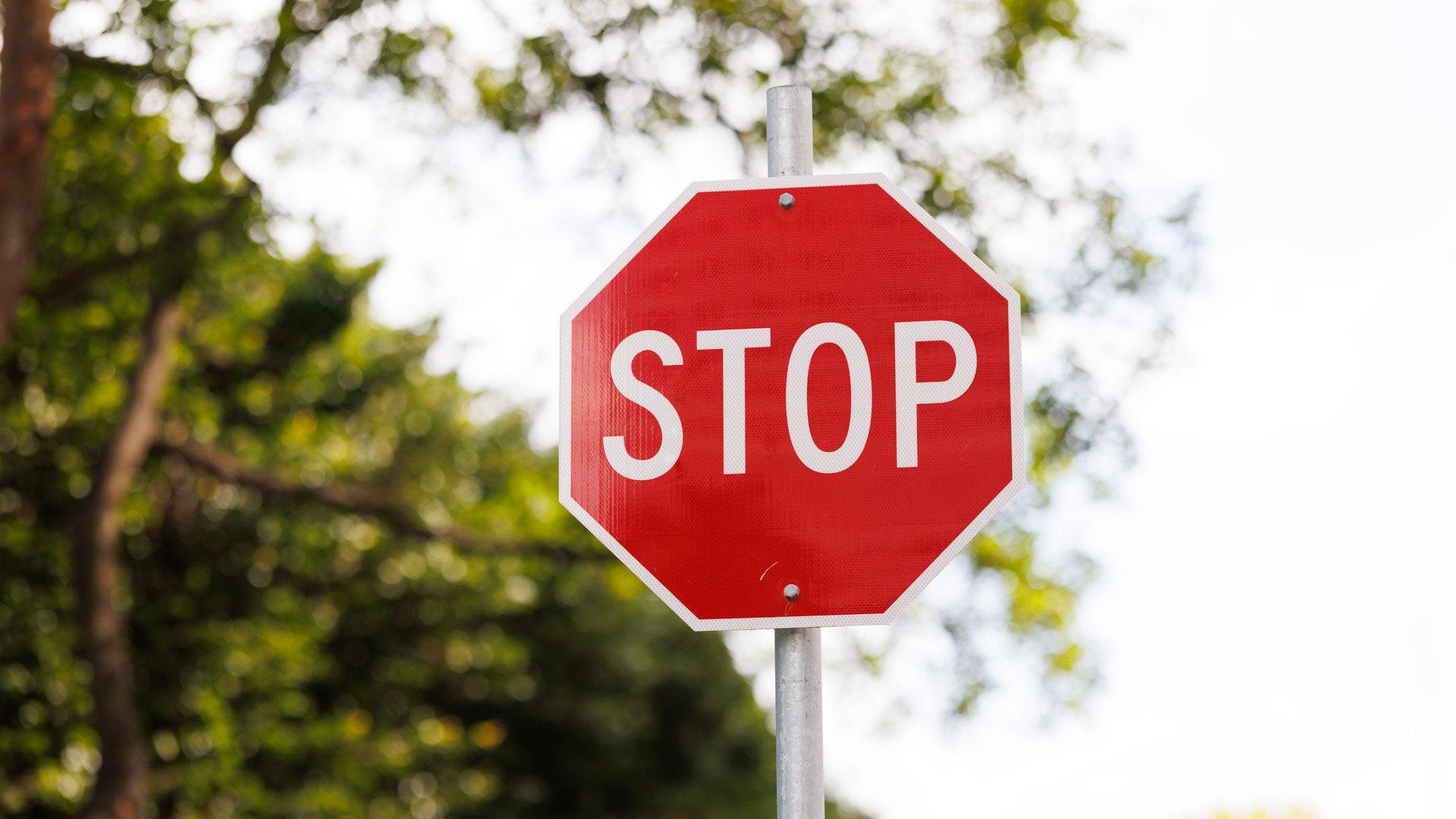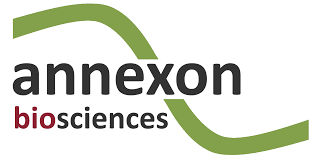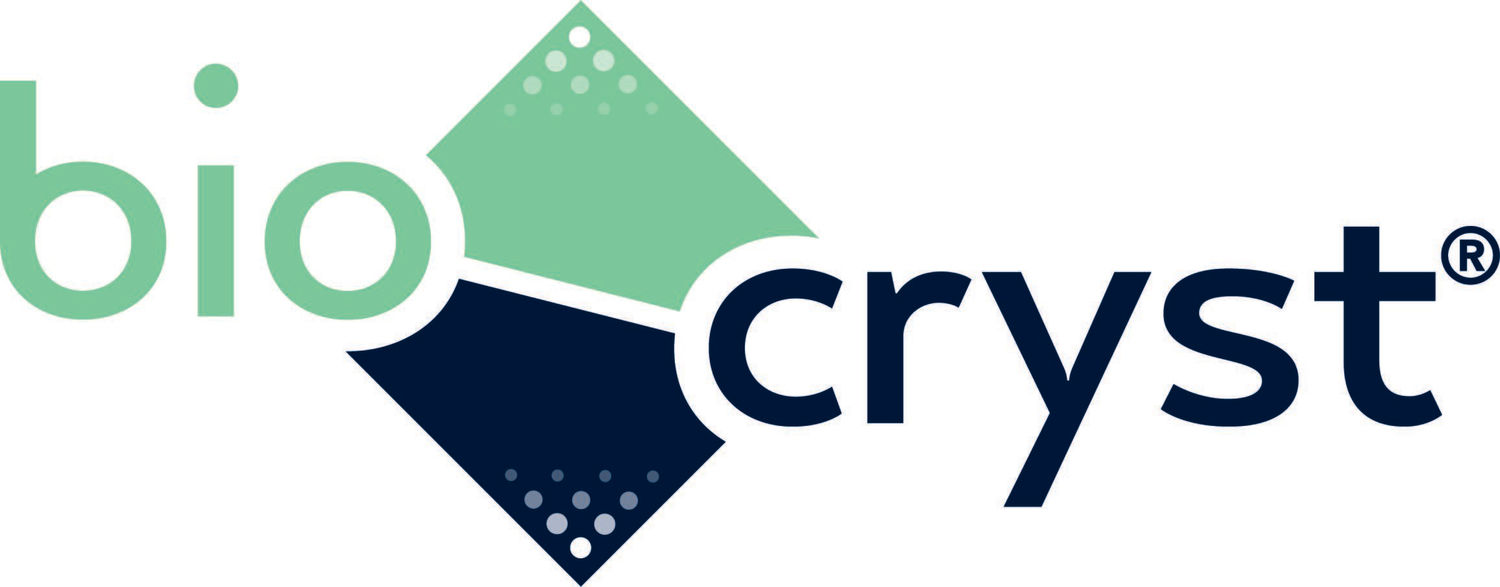预约演示
更新于:2025-05-07
complement factor
更新于:2025-05-07
基本信息
别名- |
简介- |
关联
18
项与 complement factor 相关的药物作用机制 complement factor抑制剂 |
在研机构 |
原研机构 |
在研适应症 |
非在研适应症- |
最高研发阶段临床2期 |
首次获批国家/地区- |
首次获批日期1800-01-20 |
作用机制 complement factor抑制剂 |
在研机构 |
原研机构 |
非在研适应症- |
最高研发阶段临床1期 |
首次获批国家/地区- |
首次获批日期1800-01-20 |
作用机制 complement factor抑制剂 |
非在研适应症- |
最高研发阶段临床前 |
首次获批国家/地区- |
首次获批日期1800-01-20 |
3
项与 complement factor 相关的临床试验NCT06945445
A Phase 1, Randomized, Double-blind, Placebo-controlled, Single Ascending Dose and Multiple Dose Study of SLN12140 Administered Subcutaneously or Intravenously in Healthy Adult Volunteers
A randomized, double-blind, placebo-controlled phase I clinical study evaluating the safety, tolerability, pharmacokinetics, pharmacodynamics, and immunogenicity of SLN12140 in healthy participants with single subcutaneous/intravenous dose escalation and multiple subcutaneous administrations
开始日期2025-04-01 |
申办/合作机构 |
CTIS2023-507017-10-00
- ANX1502-CAD-02
开始日期2024-07-10 |
申办/合作机构 |
NCT05521269
A Phase 1, Randomized, Double-Blind, Placebo-Controlled, Single and Multiple Ascending Dose Study to Assess the Safety, Tolerability, Pharmacokinetics, and Pharmacodynamics of ANX1502 in Normal Healthy Volunteer
This study will evaluate the safety, tolerability, pharmacokinetics (PK), and pharmacodynamics (PD) of ANX1502 (prodrug) and ANX1439 (active drug) in healthy participants.
开始日期2022-06-27 |
申办/合作机构 |
100 项与 complement factor 相关的临床结果
登录后查看更多信息
100 项与 complement factor 相关的转化医学
登录后查看更多信息
0 项与 complement factor 相关的专利(医药)
登录后查看更多信息
171
项与 complement factor 相关的文献(医药)2025-12-31·Virulence
Antibody-dependent enhancement of ORFV uptake into host cells
Article
作者: Ma, Wentao ; Zhang, Chenyibo ; Tang, Xidian ; Geng, Qingru ; Chen, Dekun
2025-02-01·International Journal of Pharmaceutics
An in-situ forming controlled release soft hydrogel-based C5a peptidase drug delivery system to treat psoriasis
Article
作者: Duarte, Francisco ; Tecza, Malgorzata ; McGourty, Kieran ; Patel, Pratikkumar ; Bhattacharjee, Promita ; Hudson, Sarah ; Gedi, Vinayakumar
2024-08-01·Kidney International
Inhibition of complement factor C5a or C5aR for cholesterol crystal embolism–related vascular thrombosis with microvascular injury and its consequences
Article
作者: Shapiro, John ; Anders, Hans-Joachim ; Shi, Chongxu ; Droste, Patrick ; Li, Chenyu ; Romagnani, Paola ; De Chiara, Letizia ; Santovito, Donato ; Bandeira Honda, Tamisa Seeko ; Mammadova-Bach, Elmina ; Lyubenov, Lyuben ; Parikh, Samir ; Han, Chao ; Li, Qiubo ; Hoehlig, Kai ; Watanabe-Kusunoki, Kanako ; Long, Hao ; Klussmann, Sven ; Vater, Axel ; Weber, Christian ; Li, Yihong ; Boor, Peter ; Zhao, Danyang ; Carangelo, Giulia
7
项与 complement factor 相关的新闻(医药)2024-08-01
Ionis Pharmaceuticals disclosed the news it no longer sees a future for one of its assets in geographic atrophy alongside confirmation that ION541, an amyotrophic lateral sclerosis candidate, is no longer part of its plans.
Another of Ionis Pharmaceuticals’ key midphase readouts has fallen short of expectations, prompting the biotech to stop studying the Roche-partnered candidate in an advanced form of age-related macular degeneration. Roche exercised its option on the drug candidate, which is variously called IONIS-FB-LRx, RO7434656 and RG6299, in 2022. The Swiss drugmaker took responsibility for global development, with the exception of an open-label phase 2 IgA nephropathy (IgAN) trial and a phase 2 study in geographic atrophy (GA). In June, Ionis identified the GA readout as one of the key value-driving events planned for 2024.The event failed to drive value. Rather, Ionis stopped development of the candidate in GA after seeing the results of the 332-patient phase 2 study that wrapped up in June. Ionis said it saw “favorable safety profiles and good target engagement, but insufficient efficacy to advance into phase 3 development.”Roche is continuing to enroll patients in its phase 3 IgAN study, and data from the open-label trial in the chronic kidney disease remains on Ionis’ road map for the year. But Ionis no longer sees a future for the asset in GA. Ionis’ interest in testing the drug in the eye disease reflected evidence that the alternative complement pathway is linked to GA. Overproduction of complementing factor B, an activating factor in the pathway, is associated with higher risk. Roche targeted similar biology with complement factor D-binding antibody fragment lampalizumab only to see the candidate fail a phase 3 clinical trial in GA in 2017.Lampalizumab was administered into the eye. With most factor B produced in the liver, Ionis gave its GA drug candidate systemically to try to stop the accumulation of the complement factor and the resulting destruction of the macula. Ionis CEO Brett Monia, Ph.D., acknowledged that rationale may fail to translate into an effective drug at a TD Cowen investor event in June.“It's a significantly risky program. But on the other hand, the upside is enormous, since this drug would not have to be intravitreally administered, it would be injected using a simple auto-injector once per month by the patient themselves,” Monia said. “It could be a real breakthrough, game changer for this indication, but it does not come without risk.”Ionis disclosed the failure of IONIS-FB-LRx to live up to that billing alongside confirmation that ION541 is no longer part of its plans. The biotech and partner Biogen reported the termination of development of the amyotrophic lateral sclerosis candidate, which is also called BIIB105, in May after seeing phase 1/2 data.

临床2期临床3期
2024-04-04
·药融圈
▲5月30-31日 第八届广州生物医药创新者峰会 扫码立即报名 注:本文不构成任何投资意见和建议,以官方/公司公告为准;本文仅作医疗健康相关药物介绍,非治疗方案推荐(若涉及),不代表平台立场。任何文章转载需得到授权。药融圈获悉:近日,领诺(上海)医药科技有限公司(以下简称“领诺医药”)宣布SLN12140的1期临床研究申请获得澳大利亚人类研究伦理委员会(HREC)的批准。此项1期临床研究将观察SLN12140在健康受试者中的安全性及药代动力学特性,为后续临床研究剂量选择、安全性特征等提供数据参考。在向澳洲提交I期临床试验的同时,领诺医药也于3月底向美国FDA提交IND临床试验申请,并拟于2024年二季度提交中国的IND申请。领诺医药创始人兼首席执行官韩照中博士表示:“祝贺领诺团队取得这一有里程碑意义的成就!能在有限资源、疫情影响的情况下,在公司从零起步的几年内推进原创性的产品到临床阶段,取得的成就不仅是公司发展的里程碑,也是每个人职业发展的里程碑!同时感谢团队所有成员、投资人、项目合作方的共同努力,让我们研发新一代补体药物的理想向现实的转化过程中又进一步。后续我们会集中资源,快速推进这个产品在多种相关临床适应症的临床试验,早日造福病人,实现产品社会和经济价值的最大化”。关于SLN12140补体作为人体血清中的一类蛋白质,在人体抗感染免疫、组织修复与再生中发挥着重要的生理学功能。补体系统失调也跟多种疾病如一些致死性罕见病(比如PNH)和炎症性疾病(比如IgA肾病、急性肾损伤等)、老年退行性疾病(比如干性视网膜黄斑变性或地图样病变等)有密切关系。补体药物开发近年来如火如荼,跨国大药企如阿斯利康、诺华、罗氏、赛诺菲、安进、优时比、阿斯泰来等通过并购或自主研发均在补体药物领域布局,其中阿斯利康在2021年以390亿美元的价格完成对Alexion制药公司的整体并购获得其补体管线,并在2022年在4个极端罕见病市场获得60亿美元以上的年度销售收入。目前补体药物的开发正逐步趋向更安全、更有效、病人依从性或可及性更高(费用、用药周期、用药方式等)的新一代产品发展,以便从罕见病向有更大市场空间的炎症性疾病或老年退行性疾病等慢病市场拓展。更好的靶点选择、分子设计、适应症选择或临床开发路径,是目前补体药物研发的热点。SLN12140是一款新一代补体靶向药物。基于路径选择性的补体抑制活性、VHH-Fc的结构形式、超高亲和力和特异性的分子特征,SLN12140在临床前PK、PD和CMC、GLP
TOX研究中均表现出新一代补体药物的基本特征。和现有获批的补体产品比较,SLN12140的补体旁路路径选择性抑制,不仅能有效避免C5靶向分子的疗效不足问题,更因其较好的安全性有向更多适应症包括大病、慢病市场的拓展空间。其较长的体内半衰期、较强的组织渗透性、较高的生物利用度、较低的靶点浓度、较好的稳定性和溶解度,也决定了这一分子能以更方便的皮下给药方式、更长的给药周期治疗病人,极大提升疾病的治疗效果和病人的生活质量。关于领诺医药领诺医药于2019年8月成立,在上海自由贸易试验区张江药谷有近1000平米的研发实验室,研发团队覆盖从分子发现到早期临床开发的全流程。秉承“领引创新,诺言践行”的宗旨,自主开发了独有的血液半衰期延长(长效)、穿越血脑屏障等专利技术,并以自有平台技术为基础、以针对严重罕见病的孤儿药开发为先导,为满足临床需求,开发针对新靶点、新机制、新适应症的First-in-class(FIC)产品,以及平台技术赋能、针对成熟靶点的Best-in-class(BIC)产品。目前管线产品包括治疗免疫性疾病的补体靶向抗体,和治疗CNS相关疾病的重组蛋白类药物,其中补体项目LIN-2102(SLN12140)获准启动I期临床试验,穿越血脑屏障的重组酶替代治疗项目LIN-2003获得FDA孤儿药资格认定并已启动IND申报准备工作,另有多个管线产品处于临床前概念验证阶段。 活动推荐 5月 • 第八届大湾区生物医药创新者峰会 关键词: 小分子,XDC,多肽及GLP-1热点话题,80+行业专家(点击下方图片查看详情)▼【关于药融圈】药融圈PRHub旨在帮助生物医药科技型企业进行品牌推广及商务拓展服务,针对客户的真实需求制定系统化解决方案,通过“翻译-降维-场景化”将客户的品牌信息以直白易懂的方式被公众知悉,同时在流量渠道覆盖100万+垂直用户基础上实现合作目的,帮助合作伙伴完成从品牌开始到商务为终的闭环营销服务。我们已经完成了数十场线下1000人规模的生物医药研发类会议,涵盖小分子新药,大分子新药,改良型新药,BD跨境交易等多个领域,服务了百余家上市/独角兽/生物技术/制药企业。
临床1期临床申请并购
2023-12-20
Target Levels of Active Drug Achieved in Healthy Volunteers with Oral Twice-Daily Dosing; Supportive Impact on Pharmacodynamic Biomarker of Complement Activity
ANX1502 Generally Well Tolerated Across Cohorts with No Serious Adverse Events
Tablet Formulation of ANX1502 Expected to Advance into Proof-of-Concept Study in Patients with Cold Agglutinin Disease (CAD) in 2024
BRISBANE, Calif., Dec. 20, 2023 (GLOBE NEWSWIRE) -- Annexon, Inc. (Nasdaq: ANNX), a clinical-stage biopharmaceutical company developing a new class of complement-based medicines for people living with devastating inflammation-related diseases, today reported results from the Phase 1 single ascending dose (SAD) and multiple ascending dose (MAD) healthy volunteer study of ANX1502, a first-in-kind oral, selective small molecule inhibitor that targets the active form of C1s responsible for propagating classical pathway activation in association with C1q. ANX1502 achieved target serum levels and demonstrated pharmacokinetic (PK) measures that support advancement into a proof-of-concept clinical study to assess pharmacodynamics (PD) and efficacy in patients with cold agglutinin disease (CAD) in 2024.
“After more than a decade of groundbreaking research targeting the early classical complement pathway, we are excited to have reached an important step in the clinical development of ANX1502, our first-in-kind small molecule complement inhibitor that we believe can have meaningful impact on a range of autoimmune conditions,” said Ted Yednock, Ph.D., chief innovation officer of Annexon. “We’re very encouraged by the results from our Phase 1 SAD/MAD trial showing that ANX1502 was well tolerated and achieved target drug levels with supportive impact on a key biomarker in healthy volunteers. Based on these data, we look forward to advancing a tablet formulation of ANX1502 into a proof-of-concept study in patients with CAD, which enables us to further explore larger opportunities in serious autoimmune diseases.”
The completed Phase 1 clinical trial is a randomized, double-blind, placebo-controlled SAD and MAD study to assess the safety, tolerability, PK and PD of ANX1502 liquid suspension formulation in healthy adults. The study evaluated single ascending doses of ANX1502 ranging from 25 mg to 1050 mg and multiple ascending doses of ANX1502 ranging from 200 mg twice-daily to 525 mg twice-daily. Results of the study were as follows:
Dose-proportional PK and targeted levels of active drug were observed across both SAD and MAD cohorts
Single doses of 525-1025 mg ANX1502 suppressed C4d serum levels in healthy volunteers with higher than median baseline C4d
Across all doses evaluated, ANX1502 was generally well tolerated with mild to moderate treatment-emergent adverse events (TEAEs). The most frequent TEAEs were gastro-intestinal, which included nausea, emesis and diarrhea.
No serious adverse events were reported, and there were no significant clinical or lab findings.
Following the successful completion of the proof-of-concept study in patients with CAD, Annexon intends to evaluate ANX1502 in serious complement-mediated autoimmune diseases with the aim of providing enhanced efficacy and offering convenient dosing administration for long-term treatment of chronic conditions.
About Annexon
Annexon Biosciences (Nasdaq: ANNX) is a clinical-stage biopharmaceutical company utilizing a distinct scientific approach to stop C1q and all inflammatory aspects of classical complement pathway activation before it starts. As the only company solely focused on shutting down C1q, Annexon is developing a fit-for-purpose pipeline of therapeutics designed to provide meaningful benefits across multiple diseases of the body, brain, and eye. With proof-of concept data in both Guillain-Barré syndrome and geographic atrophy, Annexon is rigorously advancing its mid-to late-stage clinical trials to bring their potential treatments to patients as quickly as possible. To learn more visit annexonbio.com.
Forward Looking Statements
This press release contains forward-looking statements within the meaning of Section 27A of the Securities Act of 1933, as amended, and Section 21E of the Securities Exchange Act of 1934, as amended. In some cases, you can identify forward-looking statements by terminology such as “aim,” “anticipate,” “assume,” “believe,” “contemplate,” “continue,” “could,” “design,” “due,” “estimate,” “expect,” “goal,” “intend,” “may,” “objective,” “plan,” “positioned,” “potential,” “predict,” “seek,” “should,” “suggest,” “target,” “on track,” “will,” “would” and other similar expressions that are predictions of or indicate future events and future trends, or the negative of these terms or other comparable terminology. All statements other than statements of historical facts contained in this press release are forward-looking statements. These forward-looking statements include, but are not limited to, statements about: potential advancement of ANX1502 into a proof-of-concept clinical study in patients with CAD; the anticipated timing of the proof-of-concept trial in ANX1502; potential advancement of a tablet formulation of ANX1502; the potential for meaningful impact on autoimmune conditions; continued development of ANX1502; the potential benefits from treatment with anti-C1q therapy; and continuing advancement of the company’s portfolio. Forward-looking statements are not guarantees of future performance and are subject to risks and uncertainties that could cause actual results and events to differ materially from those anticipated, including, but not limited to, risks and uncertainties related to: the ongoing off-treatment follow-up portion of the ARCHER trial and final results from the ARCHER trial; the company’s history of net operating losses; the company’s ability to obtain necessary capital to fund its clinical programs; the early stages of clinical development of the company’s product candidates; the effects of public health crises on the company’s clinical programs and business operations; the company’s ability to obtain regulatory approval of and successfully commercialize its product candidates; any undesirable side effects or other properties of the company’s product candidates; the company’s reliance on third-party suppliers and manufacturers; the outcomes of any future collaboration agreements; and the company’s ability to adequately maintain intellectual property rights for its product candidates. These and other risks are described in greater detail under the section titled “Risk Factors” contained in the company’s Annual Report on Form 10-K and Quarterly Reports on Form 10-Q and the company’s other filings with the SEC. Any forward-looking statements that the company makes in this press release are made pursuant to the Private Securities Litigation Reform Act of 1995, as amended, and speak only as of the date of this press release. Except as required by law, the company undertakes no obligation to publicly update any forward-looking statements, whether as a result of new information, future events or otherwise.
Investor Contact:
Monique Allaire
THRUST Strategic Communications
monique@thrustsc.com
Media Contact:
Sheryl Seapy
Real Chemistry
949-903-4750
sseapy@realchemistry.com
临床结果临床1期
分析
对领域进行一次全面的分析。
登录
或

生物医药百科问答
全新生物医药AI Agent 覆盖科研全链路,让突破性发现快人一步
立即开始免费试用!
智慧芽新药情报库是智慧芽专为生命科学人士构建的基于AI的创新药情报平台,助您全方位提升您的研发与决策效率。
立即开始数据试用!
智慧芽新药库数据也通过智慧芽数据服务平台,以API或者数据包形式对外开放,助您更加充分利用智慧芽新药情报信息。
生物序列数据库
生物药研发创新
免费使用
化学结构数据库
小分子化药研发创新
免费使用


